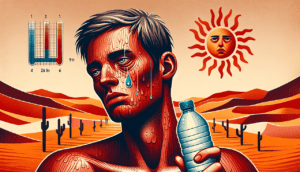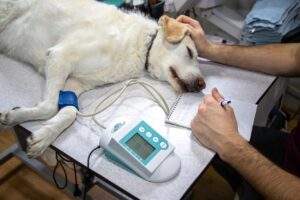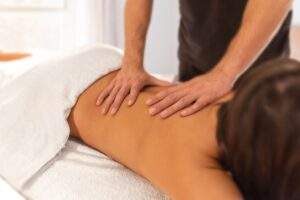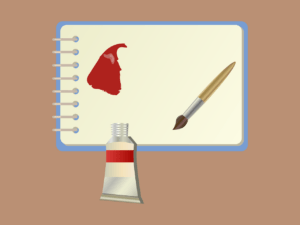Physical Therapy for Arthritis Pain Relief
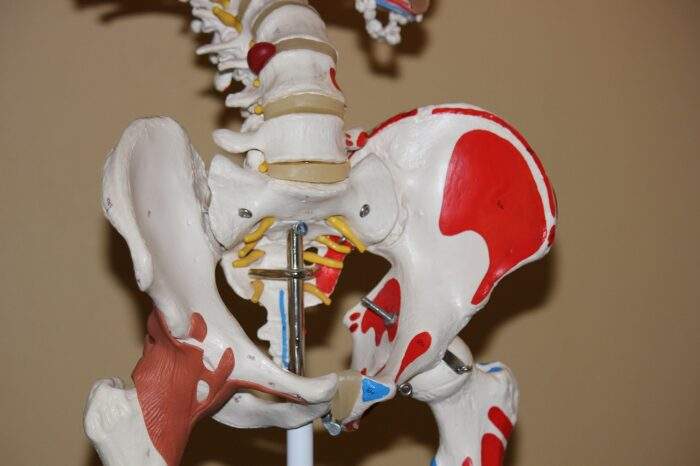
Arthritis is the swelling and stiffness of the joints that leads to pain worsening with age. The condition can affect either a single joint or multiple joints. Arthritis is most common in feet, hands, hips, knees, and lower back. Even though there are hundreds of different types of arthritis, the most common ones are osteoarthritis and rheumatoid arthritis.
Arthritis affects patients’ everyday life by limiting their movement, thus making their life hard. Though there is no complete cure for arthritis, the proper treatment combined with a physically active lifestyle can reduce the symptoms. Physical therapy is proved as an effective treatment for arthritis pain relief.
The Centre for Disease Control and Prevention stated that an estimation of 54.4 million US adults reported some form of arthritis annually.
How Does a Joint Work?
A joint is a connection between two or more bones. Joints hold the bones together and are responsible for proper movement between the bones. The joints are surrounded by a strong capsule filled with a thick fluid called synovial fluid. The synovial fluid provides the joints with lubrication and shock absorption.
The cartilage is a soft connective tissue in the joints between the bones. Muscles play a vital role in supporting the joints. When we want to move a bone, muscles pull a tendon as the brain gives it the signal.
Causes of Arthritis
Cartilage is responsible for protecting the joints from intense pressure or stress placed on them. When the cartilage gets damaged, the amount of tissue in the cartilage gets shrunk, thus resulting in the rubbing of two bones. It causes pain and a reduced range of motion. This condition is called osteoarthritis.
Rheumatoid Arthritis is an autoimmune disease in which the body’s immune system attacks the synovial membrane leading to inflammation and swelling of the joints.
Arthritis is common in individuals who have a family history of the same disorder. The condition increases with age. Women are more likely to get affected by rheumatoid arthritis, and men mostly get gout, another type of arthritis. People with excessive weight or obesity have a higher risk of developing arthritis.
Symptoms of Arthritis
Stiffness, swelling, and inflammation in the joints are the most common symptoms. The other symptoms include pain, redness of the skin over the affected joint, and loss of appetite. These symptoms can be mild in some individuals and severe in others.
How is Arthritis Diagnosed?
To diagnose arthritis, doctors ask about the symptoms, when they started and how they are progressing. They will analyze the affected joints and ask whether the symptoms are hard at specific times of the day or while doing certain activities. Physicians may also conduct a blood test, joint fluid analysis, and X-Ray to analyze the condition. They may also perform arthroscopy, taking pictures to analyze the joint deterioration by placing a small camera inside the joints.
Physical Therapy for Arthritis Pain Relief
Physical therapy is an essential treatment for people who have arthritis. The main aim of physical therapists is to target the source of joint pain to come up with a specialized treatment plan. The most common treatments included in physical therapy for arthritis pain relief are discussed below.
1) Strengthening Exercises
The wear and tear of the cartilage cause severe painful rubbing between the bones of the joints. This can be reduced by strengthening those muscles that support the joints. Physical therapists can recognize the areas of joint deterioration and provide the patients with strength training to improve stability in the joints.
These strengthening exercises are focused on all major muscle groups. Patients can efficiently perform these exercises in the convenience of their home by using barbells and resistance bands. These exercises also help obese patients to lose weight.
2) Hot/Cold Therapy
Heat therapy can increase the temperature of soft tissues by stimulating blood flow in the affected areas that lack enough oxygen and nutrients. Physical therapists use heating pads or heated gel packs to perform heat therapy. It removes the waste materials and enhances the metabolic rate. Heat therapy relaxes tense muscles and reduces muscle spasms, thus promoting arthritis pain relief and increasing range of motion.
Cold therapy decreases the temperature of soft tissues by narrowing the blood vessels and slowing down blood circulation. Patients can use ice cubes wrapped in a cloth and apply them to the area experiencing pain. Cold therapy can reduce pain and inflammation.
3) Ultrasound Therapy
Ultrasound therapy is a deep heating method that targets the connective tissues using sound waves. When applied safely against the skin, these sound waves create vibration in the tissues of muscles, thus increasing heat and friction. Ultrasound therapy can speed up the recovery process and reduce pain,
4) Use of Splints or Braces
Physical therapists recommend applying braces to the areas where arthritis has caused pain. Braces act as a support system for people with arthritis when they perform therapeutic exercises. Ther reduce swelling and protects the joints from further injury.
5) Hydrotherapy
Hydrotherapy is proven to be effective for people with arthritis by improving their strength and flexibility. Water provides support to the patient, helps to reduce pain, and increases range of motion. The warmth of the water provides muscle relaxation and promotes arthritis pain relief.
Final Thoughts
Arthritis is a common condition that prevents patients from moving with ease. Involving in physical activities while having arthritis might be painful, but staying inactive might result in further damages. So, it is important to contact a physical therapist who addresses your condition. Physical therapy can improve range of motion, muscle strength, provide support to the joints and promote pain relief.
